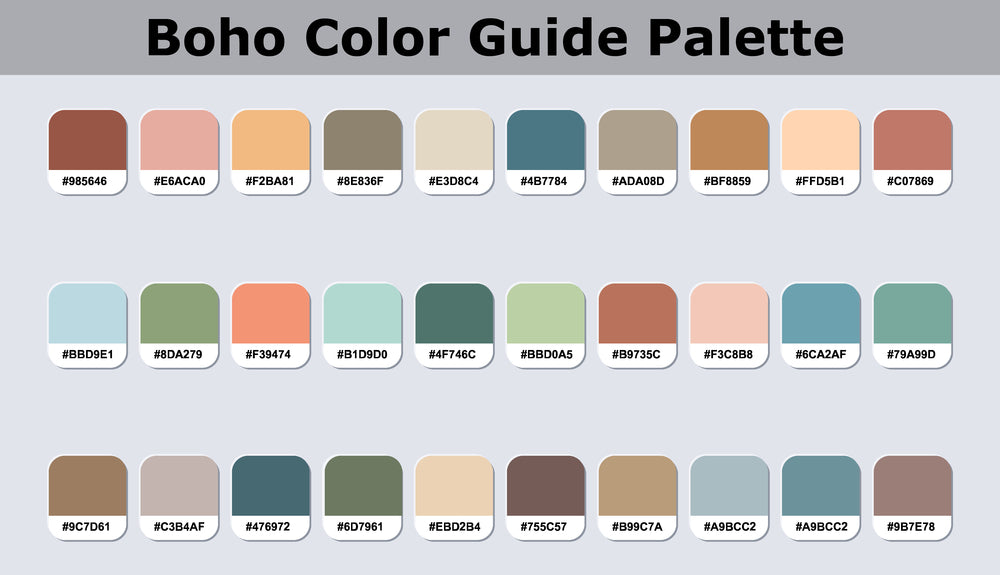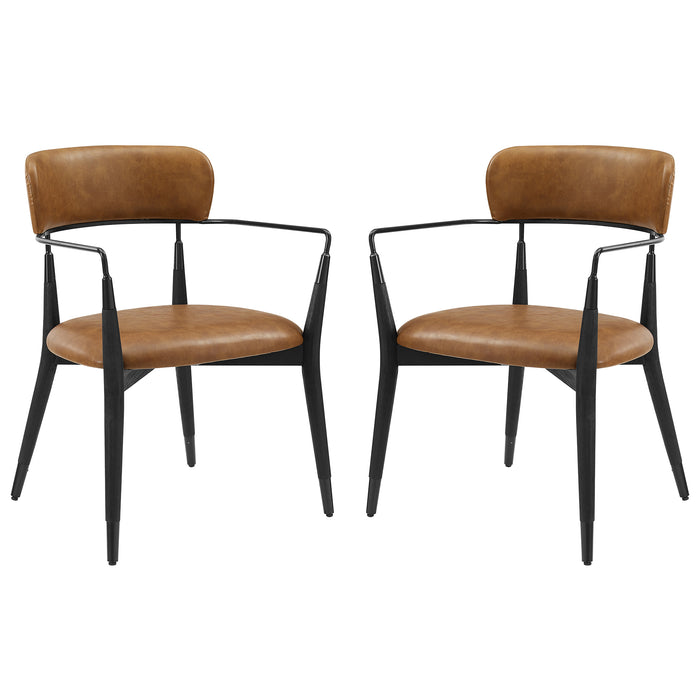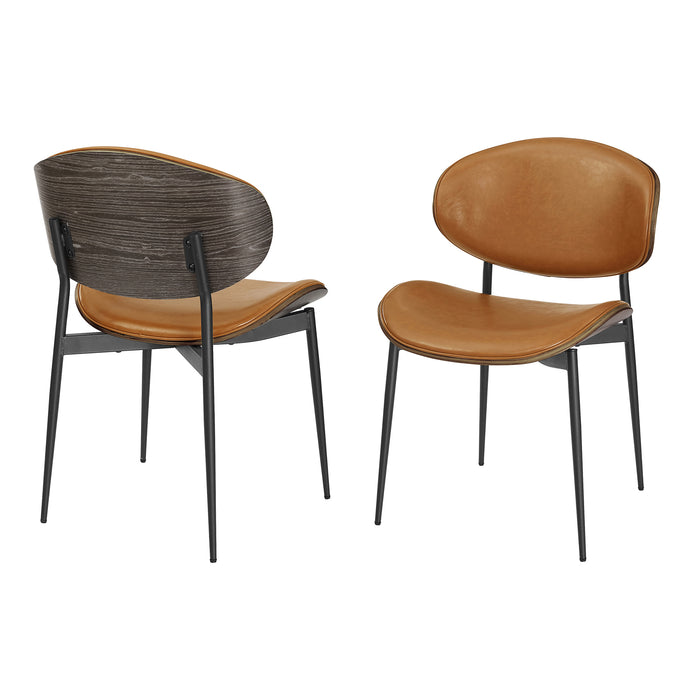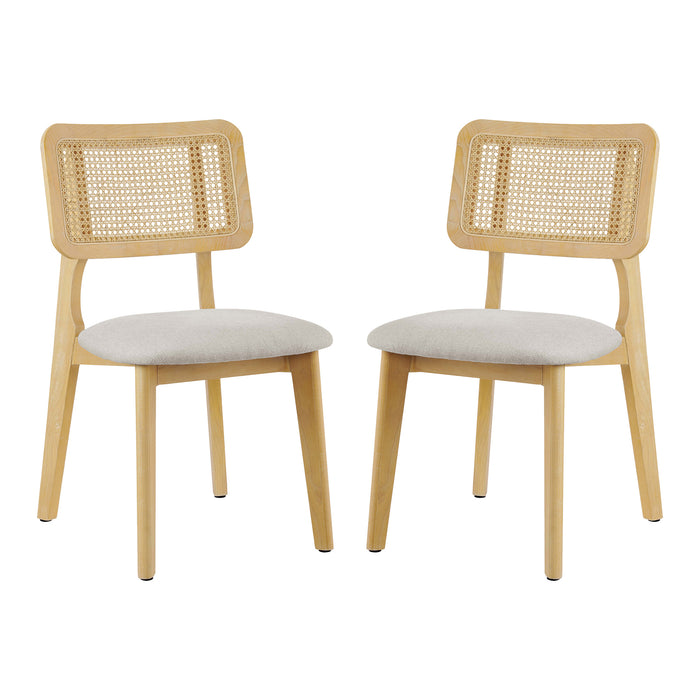
|
Contents[hide]
|
Mid-century modern design is renowned for its timeless appeal. Born between the 1940s and 1960s, this style represents a flirtation between post-war American optimism and the modernist principles of form following function. In a quest to understand the allure of this fashionable era, one key aspect to consider is the design's color palette. This article aims to unravel the most common colors that grace mid-century modern furniture.
Neutral and Earthy Hues
Mid-century modern furniture consistently employs an array of neutral and earthy colors. An exploration of a typical mid-century modern space will reveal furniture pieces in various shades of olive green, mustard yellow, burnt orange, and a plethora of brown hues.
These warm, rich tones evoke a sense of nostalgia and comfort, establishing an inviting atmosphere without overwhelming the senses. Mid-century modern design thrives on its ability to balance such captivating colors with the simplicity of its forms, thus creating a sense of harmony within the space.
Natural Wood Finishes
An essential component of the mid-century modern palette is the presence of natural wood finishes. These often include teak, walnut, oak, and occasionally birch. The choice of these wood types is not merely accidental but is a testament to the aesthetics of this design era.
These wood finishes often bear warm, light shades that create visual lightness and allow the room to feel more spacious. Moreover, they add a touch of authenticity and raw elegance to furniture pieces, resonating with the mid-century modern ideology that appreciates the inherent beauty of materials.

Mid-Century Modern Furniture Design
Dining chairs crafted in the mid-century modern style offer a perfect blend of functionality and aesthetic appeal. As seats designed to comfort and cater, these chairs also serve as a continuation of the overarching mid-century modern design scheme within a space.
Oak—a light-hued, grainy hardwood—is a popular choice for crafting mid-century modern dining chairs. Its natural attractiveness and durability make it an appealing option for furniture, inviting a warm, natural vibe into any dining room. The subtle variance in wood grain patterns and color ensures that each piece is unique, showcasing an inherent element of nature's art.
The color scheme of these dining chairs often ties in with the typical mid-century color palette, complementing the oak beautifully. The finishes range from light golden oak glosses to darker oil-rubbed hues, highlighting the wood's natural characteristics. Upholstered seats often employ earthy tones or vibrant colors, making the dining chairs a harmonious blend of comfort, style, and sturdy materiality.
We recommend:
Bursts of Bold
While earthy hues and natural wood finishes are typical, mid-century modern furniture is not shy of introducing bursts of bold color. Brilliant blues, radiant reds, and punchy pinks serve as dramatic accents within the more subdued color scheme. These vibrant accents were commonly used in upholstery materials, contributing an unexpected fun element to the overall design.
Conclusion
The captivating blend of neutral and warm hues, natural wood finishes, and daring color accents is central to the mid-century modern style furniture. The color scheme's intrinsic versatility allows it to sit comfortably in a variety of settings, from completely retro-inspired spaces to more contemporary interiors. As we appreciate and continue to uncover the richness of mid-century modern furniture, the crucial role color plays in creating its timeless appeal cannot be underestimated.



